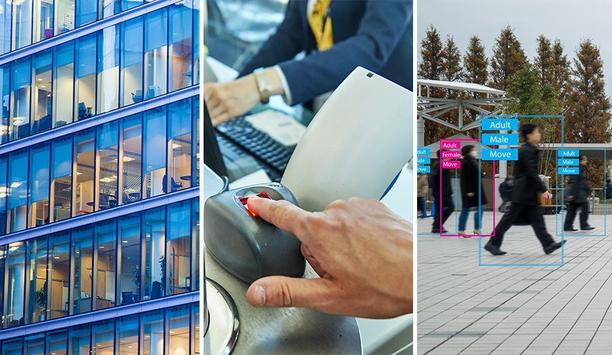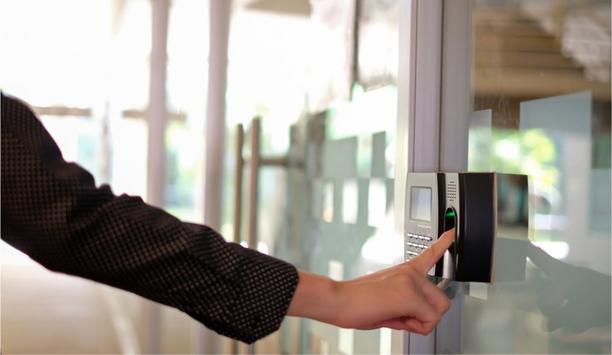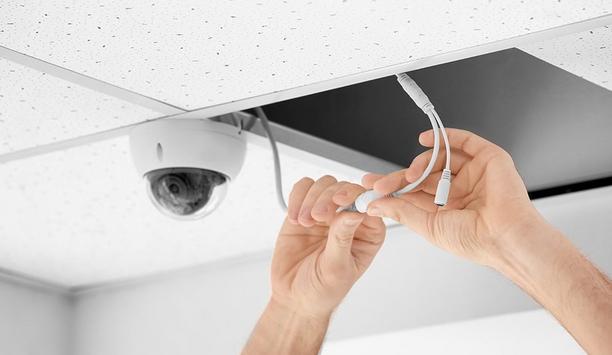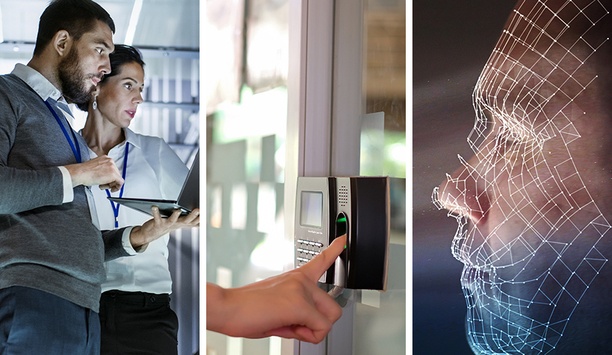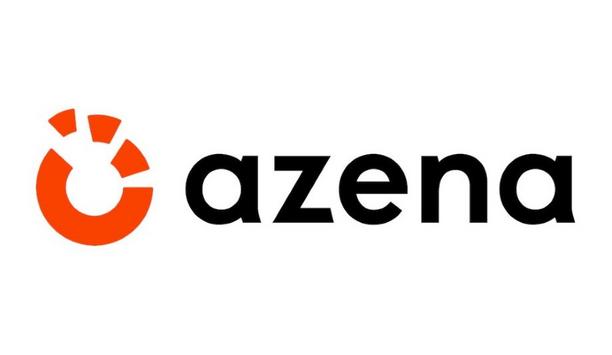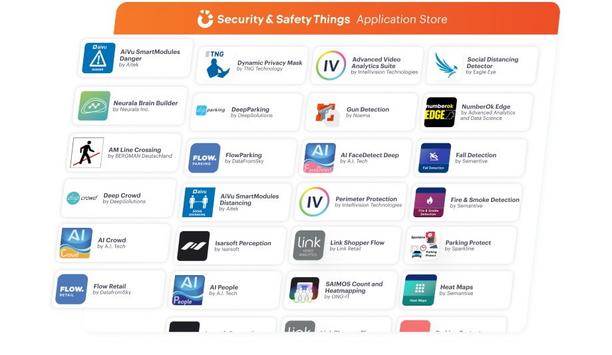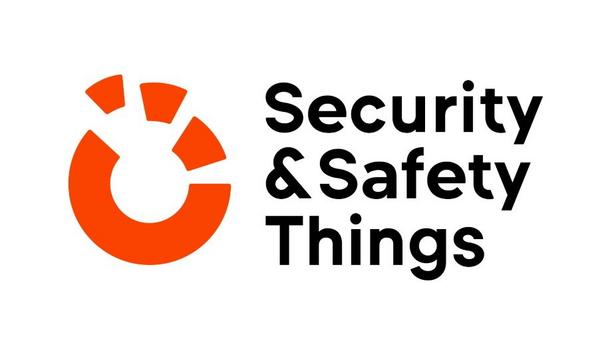Adam Wynne

Adam Wynne
Software Engineering Manager, AzenaWith more than six years experience at Bosch and Security and Safety Things as a research engineer and software architect, Adam Wynne is a technical leader experienced in identifying and implementing innovative software solutions and fostering the development and execution of AI-infused technology for new applications that can improve business value. Additionally, Adam has four years of experience in High Tech startups and 8 years as a Software Architect and Engineer at PNNL for national security and science applications.
Round table contributions
The topic of video analytics has been talked and written about for decades, and yet is still one of the cutting-edge themes in the physical security industry. Some say yesterday’s analytics syst...
Video storage has been a challenge since the days of VCRs and videotape. Storing images is a central need for any video systems, especially one that is focused on the forensic and investigative aspect...
For most security end users, keeping all their data on the premises “feels” more secure. But in the age of Internet connectivity, that feeling of safety is mostly an illusion. In any case,...
For several decades, Baby Boomers represented the largest sector of employees in the physical security market. However, these security professionals born between 1946 and 1964 are now nearing retireme...
School shootings are a high-profile reminder of the need for the highest levels of security at our schools and education facilities. Increasingly, a remedy to boost the security at schools is to use m...
Serving customer needs is the goal of most commerce in the physical security market. Understanding those needs requires communication and nuance, and there are sometimes surprises along the way. But i...
New software developments have dominated technology innovation in the physical security industry for years, making more things possible to the benefit of integrators and end users. However, hardware i...
Artificial intelligence (AI) and machine learning have made a big splash in the physical security market, transforming video analytics to a new level of accuracy. In fact, the terms have become common...
A shift toward touchless devices during the coronavirus pandemic has been a boon to the biometrics sector. Another factor in the recent increase in use of biometrics is lower prices, which are a sympt...
Retrofit projects provide new levels of physical security modernisation to existing facilities. However, retrofits come with their own set of challenges that can frustrate system designers and defy th...
The first half of 2020 has been full of surprises, to say the least, and many of them directly impacted the physical security market. The COVID-19 pandemic created endless new challenges, and the phys...
The general public gets much of its understanding of security industry technology from watching movies and TV. However, there is a gap between reality and the fantasy world. Understanding of security...
Video management systems (VMS) have been around almost since the advent of IP cameras. During those years, VMSs have evolved from software that provides basic functionality to more user-friendly syste...
We are all more aware than ever of the need for cybersecurity. The Internet of Things is a scary place when you think about all the potential for various cyber-attacks that can disrupt system operatio...
Cloud systems are among the fastest-growing segments of the physical security industry. The fortunes of integrators can improve when they embrace a recurring monthly revenue (RMR) model, and cloud sys...
News mentions
Azena is announcing that it is continuing to expand its presence in the US market, with a slate of new pilot projects and growing investments in staff and Research and Development (R&D) resources,...
Security and Safety Things GmbH (S&ST) is pleased to announce the three winners of its 2021 App Challenge, a contest to spur creative development in video analytic applications. The winning apps w...
The topic of video analytics has been talked and written about for decades, and yet is still one of the cutting-edge themes in the physical security industry. Some say yesterday’s analytics syst...
Security and Safety Things GmbH has announced the launch of its second App Challenge to spur additional creative development in video analytic applications. Through April 26, 2021, participating deve...
Video storage has been a challenge since the days of VCRs and videotape. Storing images is a central need for any video systems, especially one that is focused on the forensic and investigative aspect...
For most security end users, keeping all their data on the premises “feels” more secure. But in the age of Internet connectivity, that feeling of safety is mostly an illusion. In any case,...
For several decades, Baby Boomers represented the largest sector of employees in the physical security market. However, these security professionals born between 1946 and 1964 are now nearing retireme...
School shootings are a high-profile reminder of the need for the highest levels of security at our schools and education facilities. Increasingly, a remedy to boost the security at schools is to use m...
Serving customer needs is the goal of most commerce in the physical security market. Understanding those needs requires communication and nuance, and there are sometimes surprises along the way. But i...
New software developments have dominated technology innovation in the physical security industry for years, making more things possible to the benefit of integrators and end users. However, hardware i...
Artificial intelligence (AI) and machine learning have made a big splash in the physical security market, transforming video analytics to a new level of accuracy. In fact, the terms have become common...
A shift toward touchless devices during the coronavirus pandemic has been a boon to the biometrics sector. Another factor in the recent increase in use of biometrics is lower prices, which are a sympt...
Retrofit projects provide new levels of physical security modernisation to existing facilities. However, retrofits come with their own set of challenges that can frustrate system designers and defy th...
The first half of 2020 has been full of surprises, to say the least, and many of them directly impacted the physical security market. The COVID-19 pandemic created endless new challenges, and the phys...
The general public gets much of its understanding of security industry technology from watching movies and TV. However, there is a gap between reality and the fantasy world. Understanding of security...
Video management systems (VMS) have been around almost since the advent of IP cameras. During those years, VMSs have evolved from software that provides basic functionality to more user-friendly syste...
We are all more aware than ever of the need for cybersecurity. The Internet of Things is a scary place when you think about all the potential for various cyber-attacks that can disrupt system operatio...
Video is widely embraced as an essential element of physical security systems. However, surveillance footage is often recorded without sound, even though many cameras are capable of capturin...







